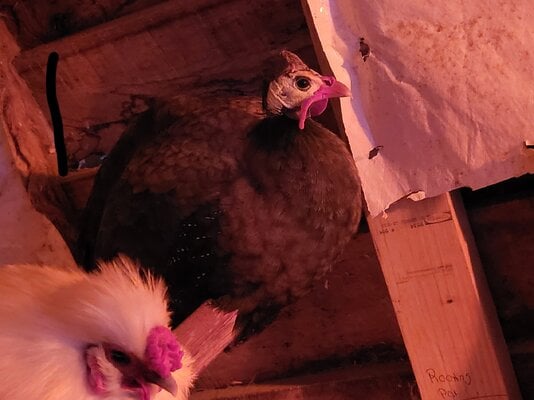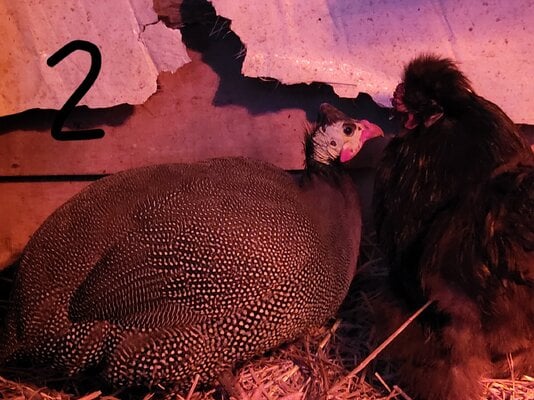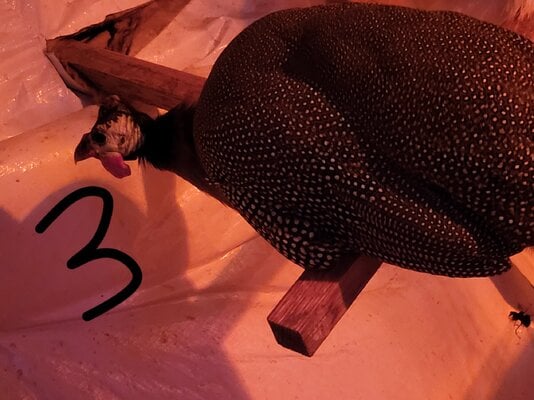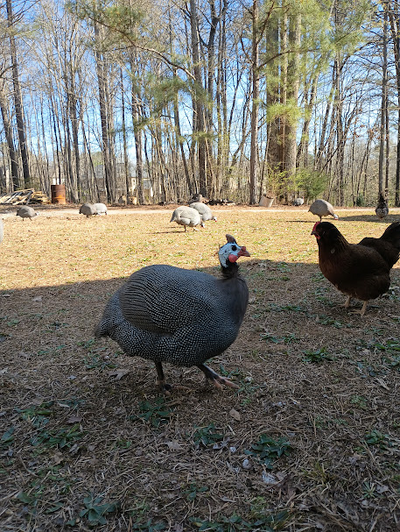PoultryLady2023
Chirping
- Sep 25, 2023
- 66
- 48
- 61
I need help sexing my guinea fowl by their combs and wattles. It's hard sexing them by their sound cause when they aren't in the coop they are at my neighbors house. So I was hoping someone could help me sex them from their wattles and helmet.







